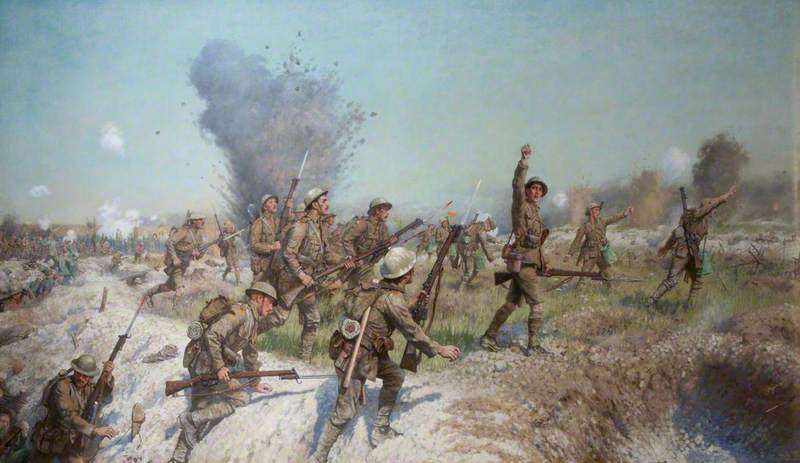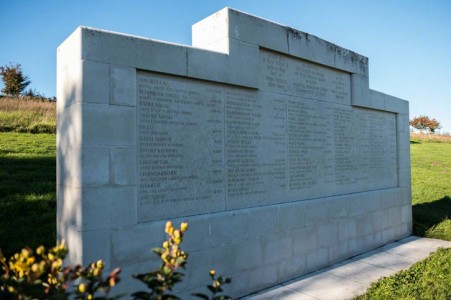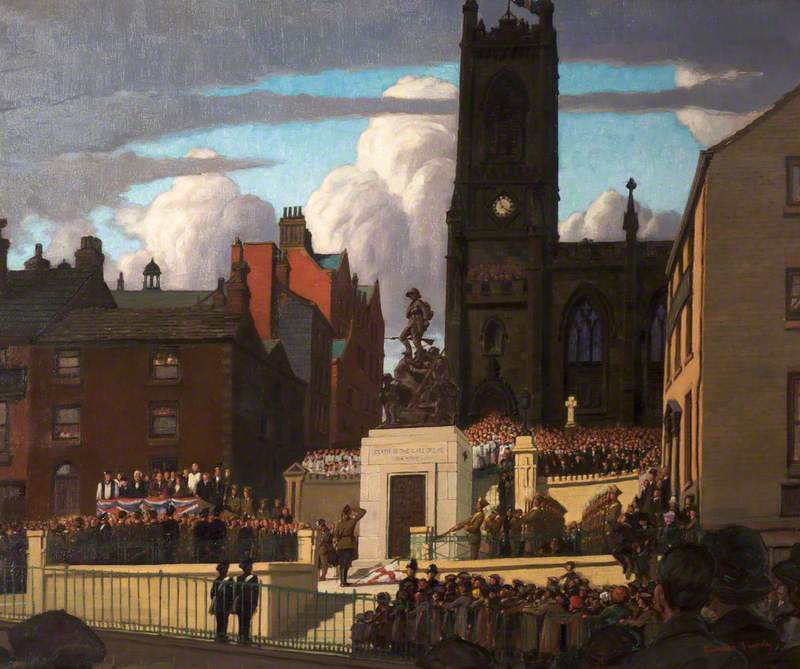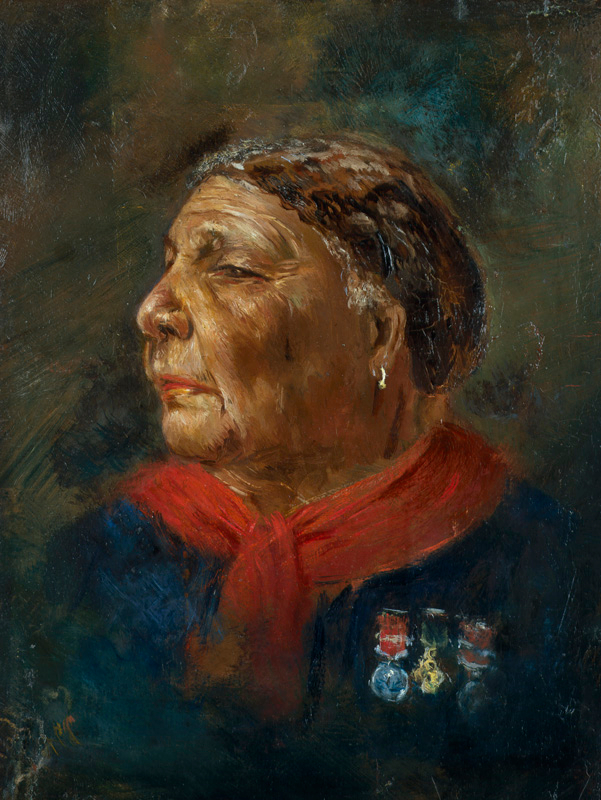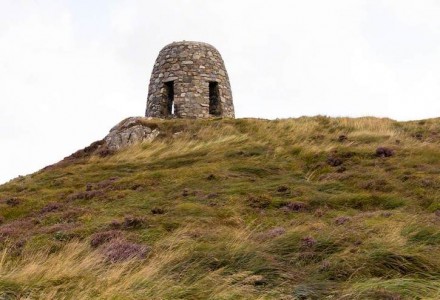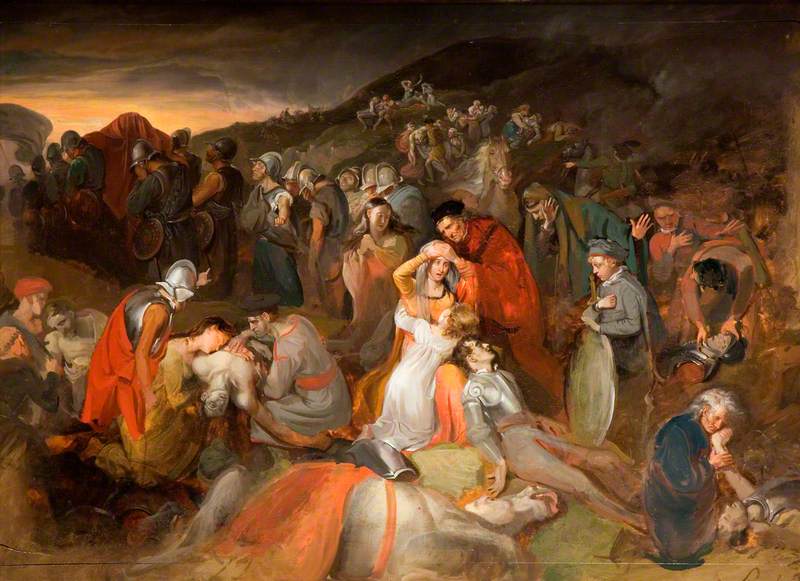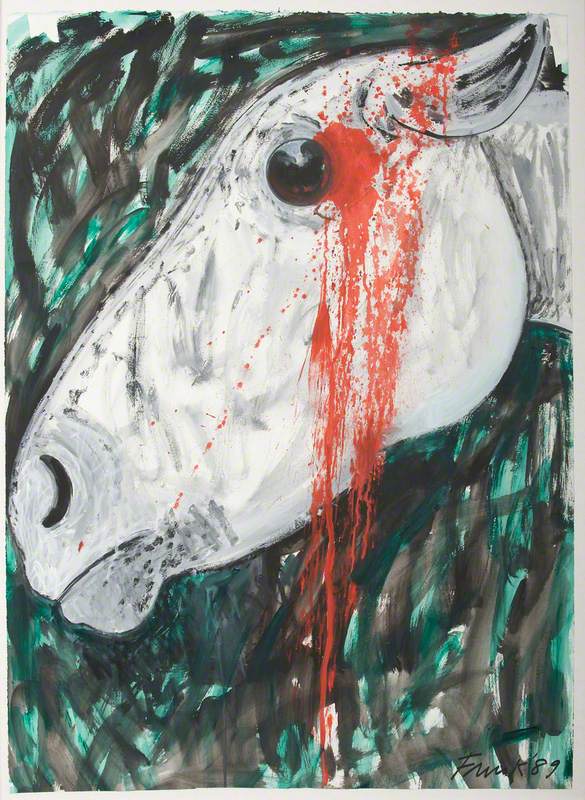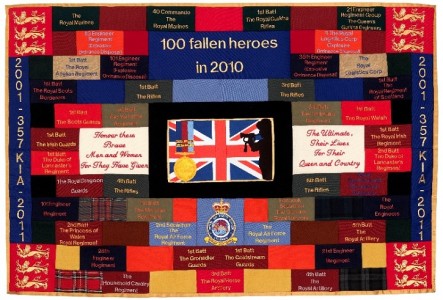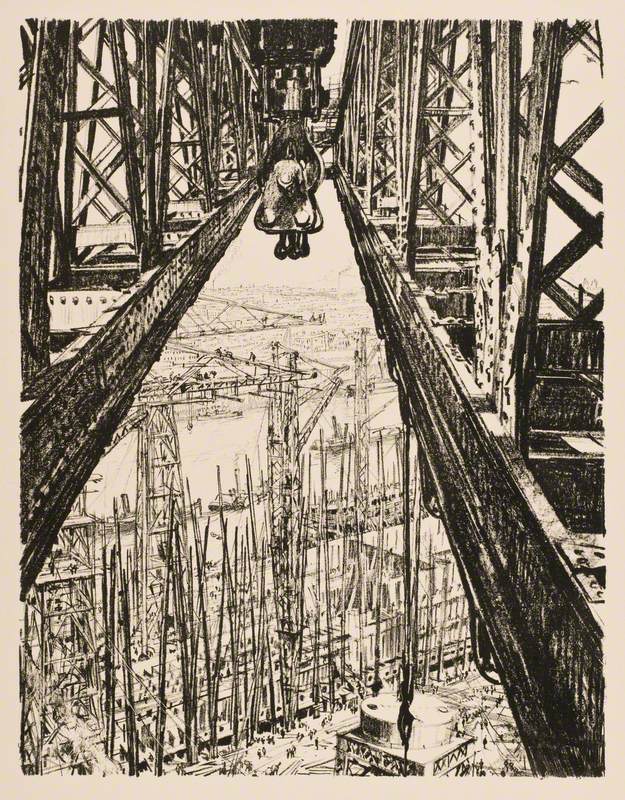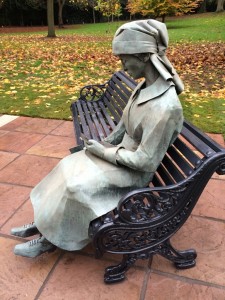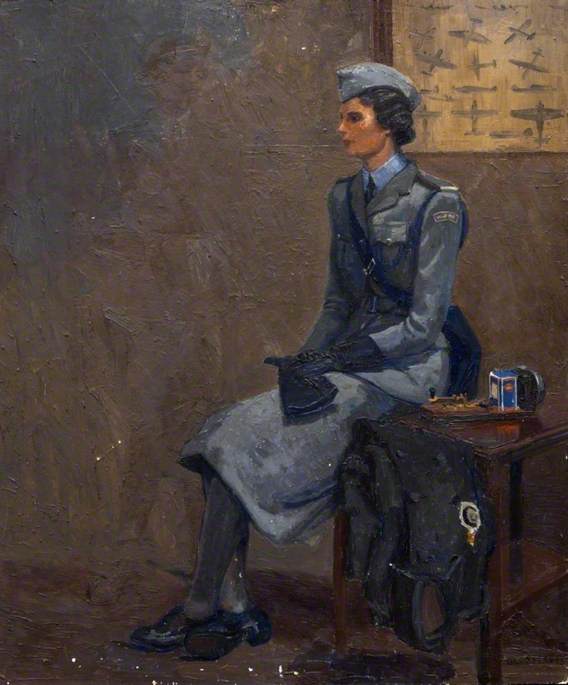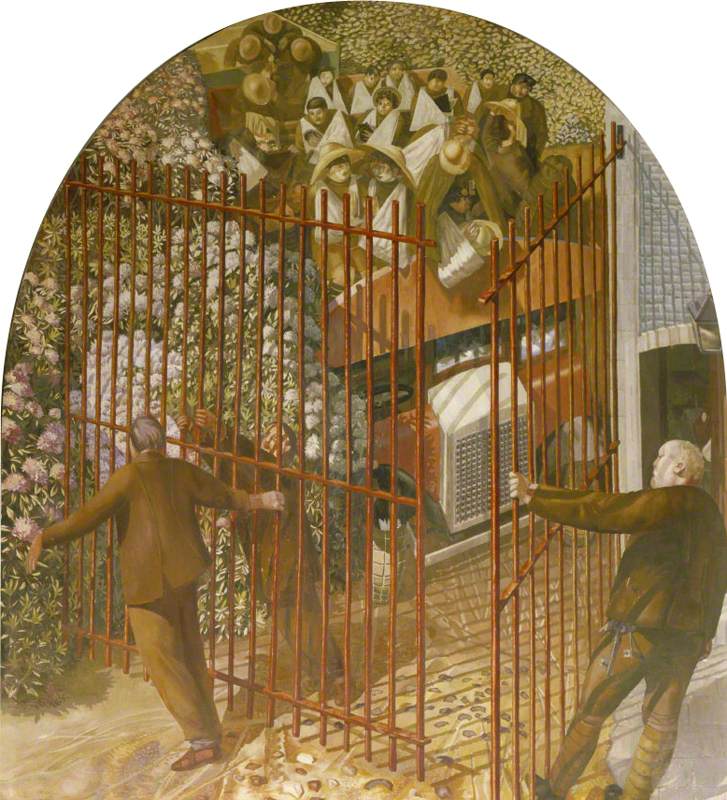In time for Remembrance Sunday, Jessica Evershed, archivist at the National Records of Scotland, explores Scottish military tribunal records of people who appealed against service and uncovers the stories of two men who have works represented in the UK's national collection of art.
The records of the Lothian and Peebles Military Appeal Tribunal can be found in the National Records of Scotland. The tribunals were set up during the First World War following the introduction of general conscription under the Military Service Act of 1916. This Act required all adult males, aged 18 to 41, to register for military service unless they possessed a certificate of exemption. Men seeking exemption from the armed forces could apply to various tribunals of which there were three types: Local Tribunals, Appeal Tribunals and a Central Tribunal based in London. They could apply to each of these Tribunals under the following grounds:
'(a) On the ground that it is expedient in the national interests that the man should, instead of being employed in military service, be engaged in other work in which he is habitually engaged; or
(b) On the ground that it is expedient in the national interests that the man should, instead of being employed in military service, be engaged in other work in which he wishes to be engaged; or
(c) If he is being educated or trained for any work, on the ground that is is experienced in the national interests that, instead of being employed in military service, he should continue to be so educated or trained; or
(d) On the ground that serious hardship would ensure, if the man were called up for Army service, owing to his exceptional financial or business obligations or domestic position; or
(e) On the ground of ill-health or infirmity; or
(f) On the ground of a conscientious objection the undertaking of combatant service or alternative service.
Application may also be made for exemption –
(g) On the ground that the principal and usual occupation of the main is one of those included in the list of occupations certified by Government Departments for exemption...'
Men living across Scotland and from all social classes can be found in these records. Among the thousands of Scottish servicemen who appealed against military service, we found the appeals of two Scottish artists and resolved to find out more about their stories and their artwork.
John Kidd Maxton
John Kidd Maxton was born in 1878 in Kinnoull, Perthshire, to John Senior and Margaret Maxton née Kidd, a joiner and a housewife respectively.
Maxton studied at Glasgow School of Art and worked as a stained glass artist and interior designer. By 1911 John was living in the Merchiston area of Edinburgh with his brother James, a science teacher. The 1911 census lists Maxton, who was by then aged 33, as a travelling salesman of confectionery. It would appear that by this point he was unable to make a full-time living from his art and that his work as a salesman was undertaken to fund his artistic endeavours.
Maxton's talents as a gifted watercolourist are present in Castle on the Rock, which is part of the NHS Lothian collection. Maxton created atmospheric landscapes with the subtle use of colour and the representation of light.
In the early years of the First World War, Britain's relatively small professional armed forces were supplemented by huge numbers of volunteers who had signed up. As the casualties mounted, it became clear that the conflict could not be fought and won by a volunteer army alone. In response, the British government passed the Military Service Act in January 1916.
At the age of 38, Maxton was awarded a certificate of Absolute Exemption from military service on conscientious grounds by a Local Tribunal. This certificate was later changed to one of non-combatant service by the Appeal Tribunal. There were various reasons for conscientious objectors to apply for this non-combative role – usually on religious, nationalist or political grounds. The armed forces were able to utilise this group of men granted 'Exemption from Combatant Service Only' in the shape of medical staff, engineering, road building and other services required behind military lines. Maxton would have been expected to report to his local barracks where he would have been recruited into the Non-Combatant Corps to take up his duties.
Maxton's reasons for applying for exemption from military service are noted as 'political' as he states that he 'believe[s] that the brotherhood of man shall be perfected not by the practice of war, but by the application of the principles of peace. In this faith I am prepared to abide and obey the dictates of my conscience, whatever the consequences may be.'
Pages from John Kidd Maxton's appeal tribunal
The pages give details of his awarded 'non-combatant service' certificate. The appeal was dismissed, on 24th August 1916 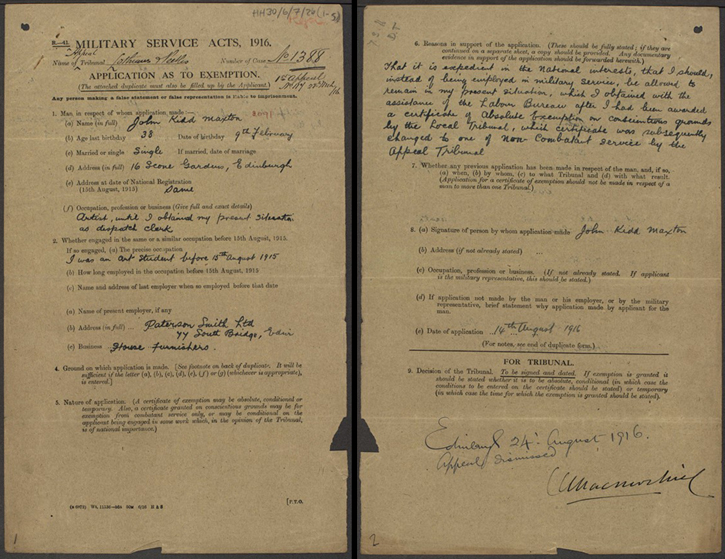
Detail from Maxton's 'Application as to Exemption' under the Military Service Act 1916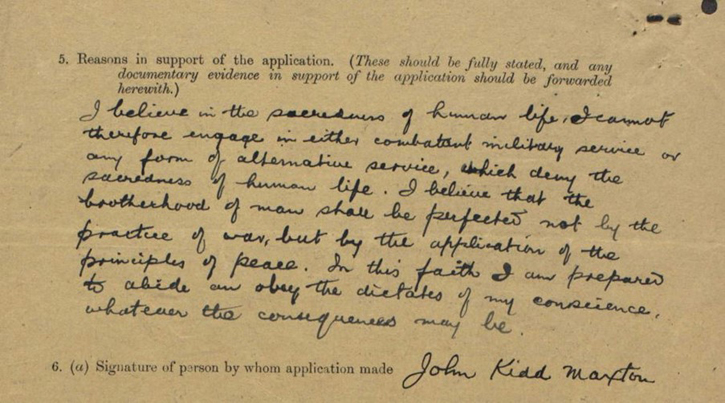
Maxton's further appeal tribunal in August 1916, was not successful. He was court-martialled and sentenced to imprisonment. Maxton died on 20th May 1942 aged 62, and is given the occupation of 'water colour artist' on his death certificate.
Nicol Laidlaw
Another artist to feature in the Military Service Appeal Tribunal records is Nicol Laidlaw. Laidlaw appealed for a medical re-examination and supported his claim with two letters of attending doctors.
Laidlaw was born in Leith, Edinburgh, on 4th February 1886 and his father James was a clerk. In the 1911 census, aged 25, he is found living with his architect uncle, William C. Laidlaw in the Corstorphine area of Edinburgh. Laidlaw studied at Edinburgh College of Art and in Paris and became a portrait artist and illustrator.
National Gallery and Castle, Edinburgh
1925
Nicol Laidlaw (1886–1929) 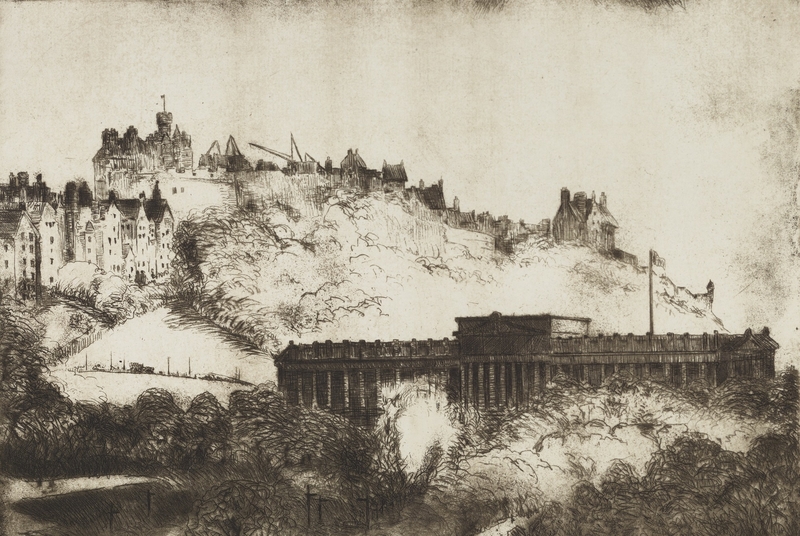
The appeal for medical re-examination was lodged in December 1917 when Laidlaw would have been aged around 31, and we learn that he suffered from a gastric ulcer. His grounds for appeal are supported by two of his doctors, stating that Laidlaw had suffered from the condition for many years. Laidlaw also states that he was relieved from his previous post as a clerk for the National Service Scheme due to his ill health. Laidlaw asks for the Sheriff Court to dismiss his appeal in January 1918, as he has been given an extension by the Medical Board of the National Service of three months 'before being called to the colours'.
Laidlaw's application for a medical re-examination, dated 18th December 1917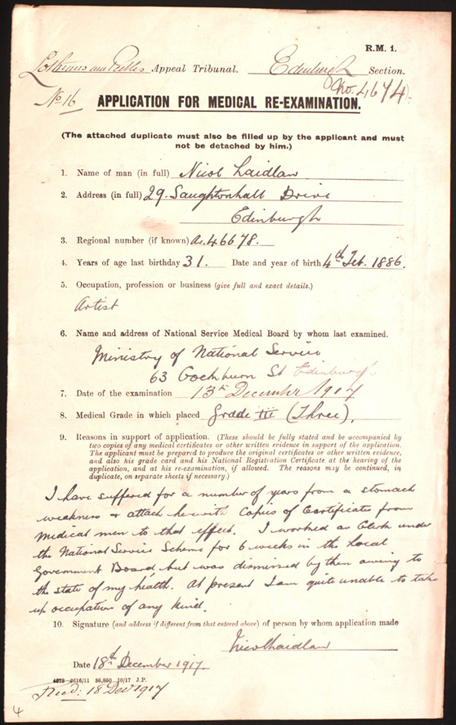
This was a timely extension, as the war was to come to an end seven months after this extension of leave. Laidlaw died aged 43 on 18th November 1929. His death certificate reveals that he died of the ulcer which had caused him so much discomfort for a large part of his adult life.
The impact of conscription and the Military Service Act of 1916 was felt across the social classes in the UK. These records demonstrate the struggle of those men who were against combat on ethical grounds, or could not fight due to ill health. This Remembrance Sunday we remember those lives lost, but we should not forget those that stayed at home.
Jessica Evershed, archivist at the National Records of Scotland
The Military Service Appeal Tribunal records are free to access via the public search room in Edinburgh
Further reading
Julian Halsby and Paul Harris, The Dictionary of Scottish Painters: 1600 to the Present, Canongate, 2001
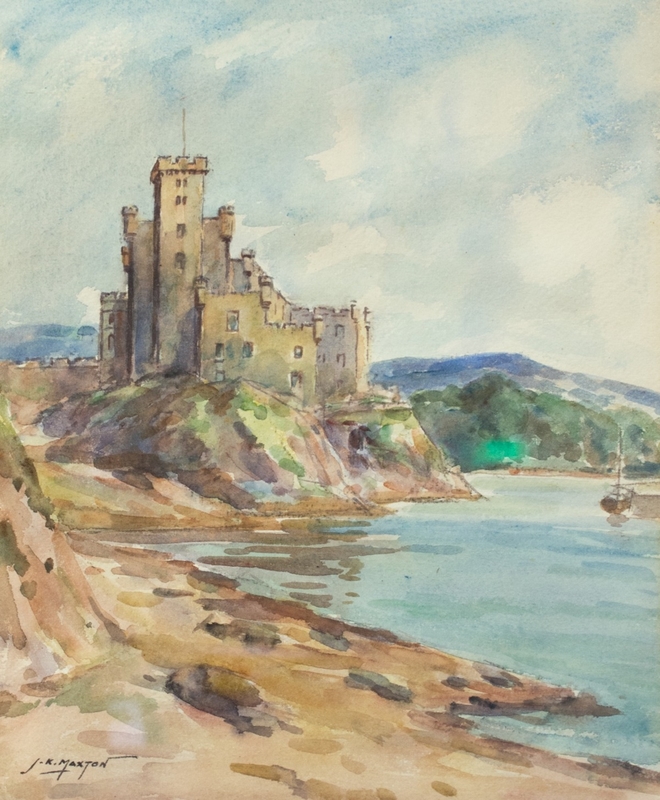
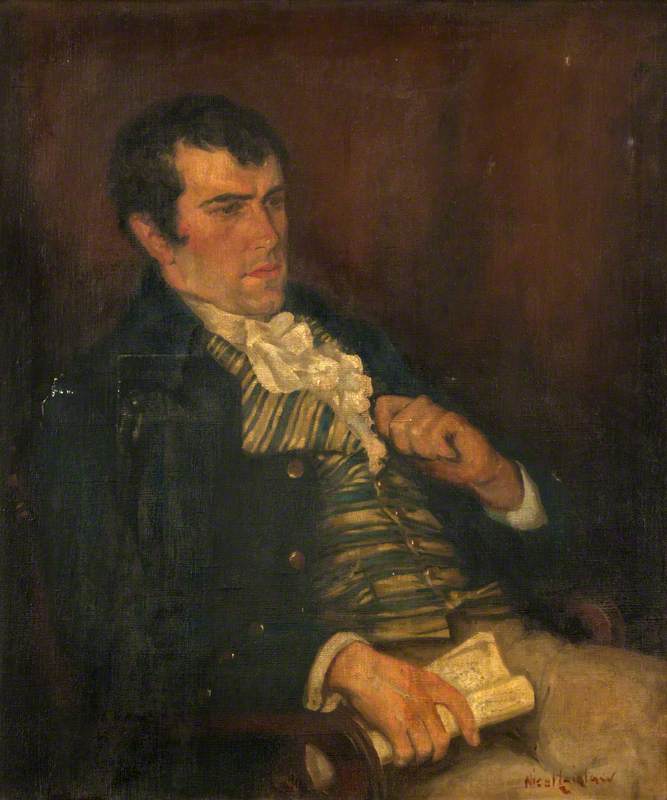
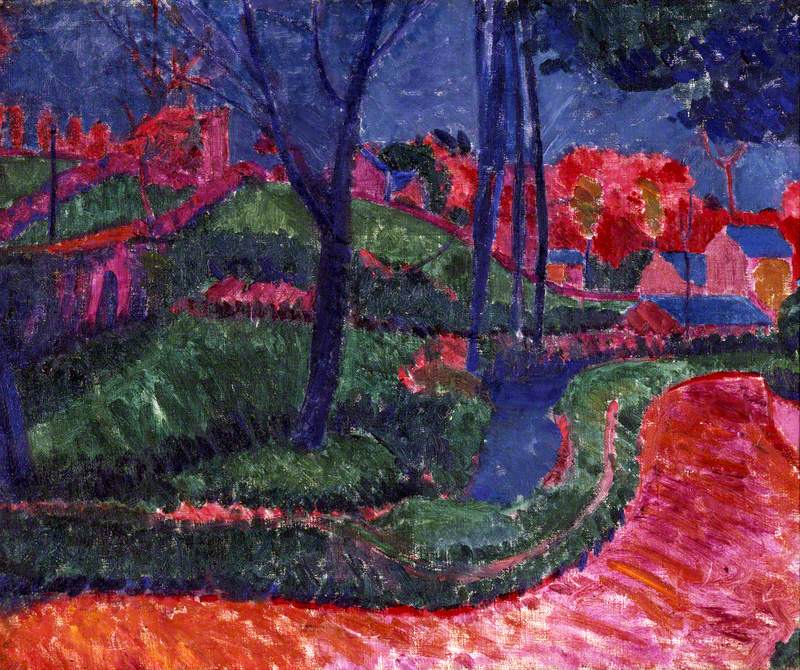
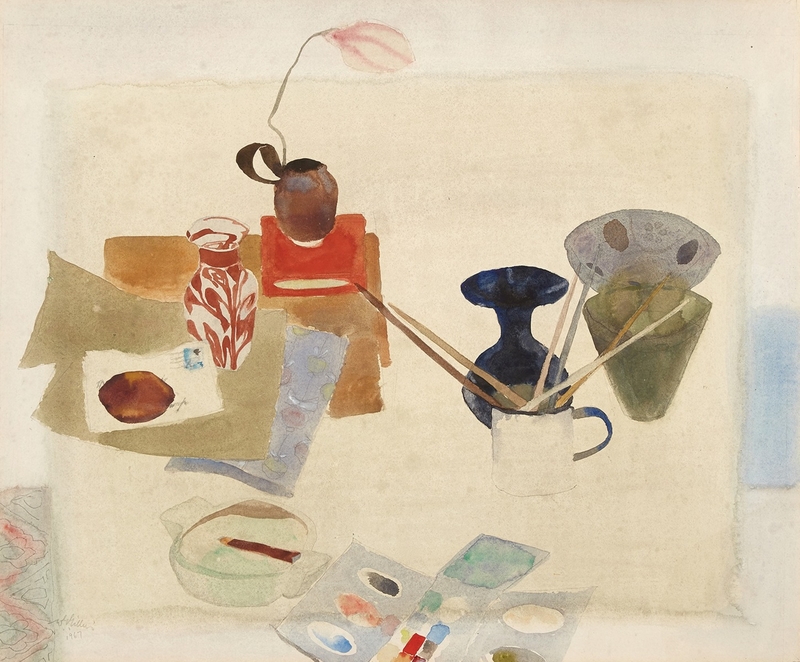
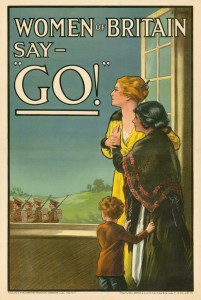
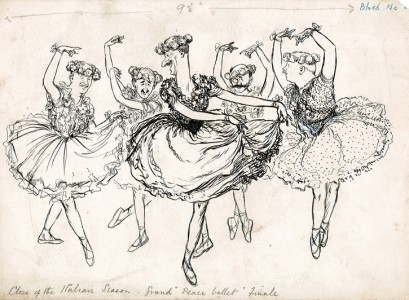
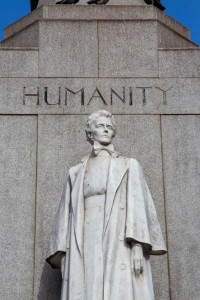
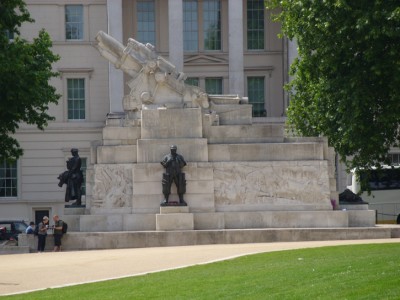
.jpg)
